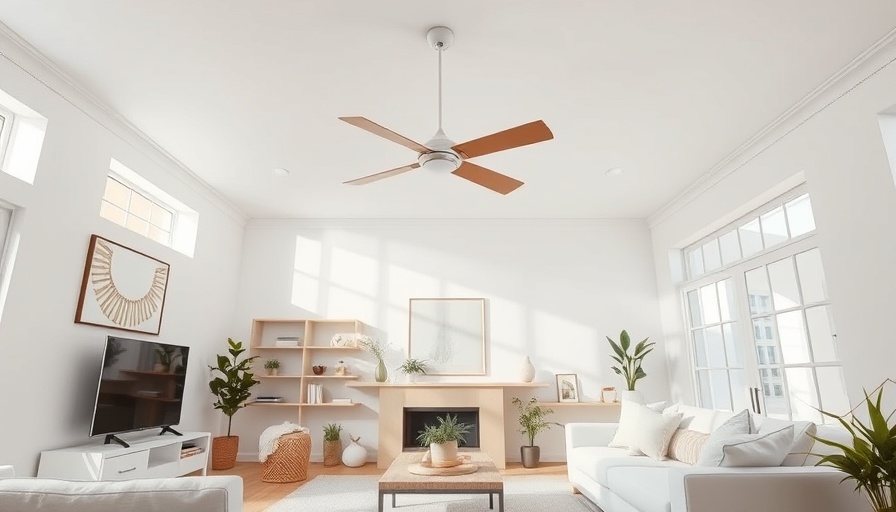
Simple Adjustments for Big Savings: Understanding Energy-Saving Tips for Your AC
Did you know that nearly 50% of the energy consumption in an average household goes towards heating and cooling? With that in mind, optimizing your air conditioning system is key not only to saving money on energy bills but also reducing your carbon footprint. Here are some practical tips to help you maximize your AC's performance while being mindful of energy consumption.
Thermostats: Small Adjustments Yield Big Results
One of the simplest yet most effective ways to save energy is by adjusting your thermostat. Setting it to a comfortable range of 24-26°C (75-78°F) during the summer months can make a significant difference. According to energy experts, each degree lower can increase energy use by 5-10%. Consider investing in a smart or programmable thermostat, which allows you to tailor your cooling schedule based on your daily routine. This not only saves on bills but also enhances your comfort at home.
Embrace Natural Cooling: Let the Fresh Air In
Utilizing natural ventilation can drastically reduce your reliance on air conditioning. During the cooler parts of the day, such as early mornings or evenings, open windows to allow fresh, cool air to flow through. Additionally, fans, whether ceiling or standing, can create a wind-chill effect that can often make rooms feel cooler than they are, thereby reducing the necessity for air conditioning altogether.
Invest in Energy-Efficient Equipment
When it comes time to replace your air conditioning unit, prioritize energy efficiency by looking for models that boast higher energy-star ratings. Inverter technology, which allows units to adjust their output to maintain a steady temperature, is especially beneficial. Such systems minimize energy consumption and enhance longevity, leading to savings over time.
Regular Maintenance: Keep Your System Running Smoothly
Regular maintenance is crucial for efficiency. Monthly cleaning or replacing of air filters ensures optimal airflow, while yearly professional servicing can catch any potential issues that may hinder performance. By ensuring that your AC system operates effectively, you not only enhance its lifespan but also maintain lower energy bills.
Seal and Insulate: Create an Energy-Efficient Home
One of the main culprits of energy waste is an improperly sealed home. Inspect your windows, doors, and walls for any gaps that may allow cool air to escape. Sealing these gaps with weatherstripping or caulking can vastly improve energy retention in your household. Proper insulation acts as an excellent barrier against heat intrusion, further reinforcing efficiency.
Final Thoughts: Empower Yourself to Save
Implementing these energy-saving tips can drastically reduce both your energy consumption and utility bills. With a proactive approach, you not only improve your home’s performance but contribute positively towards a sustainable future. Why not start making these changes today and experience the benefits firsthand?
 Add Row
Add Row  Add
Add 



Write A Comment